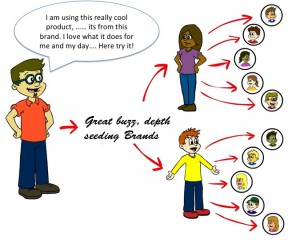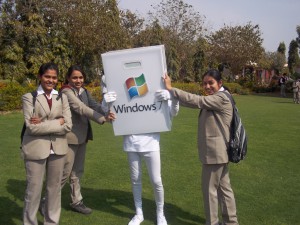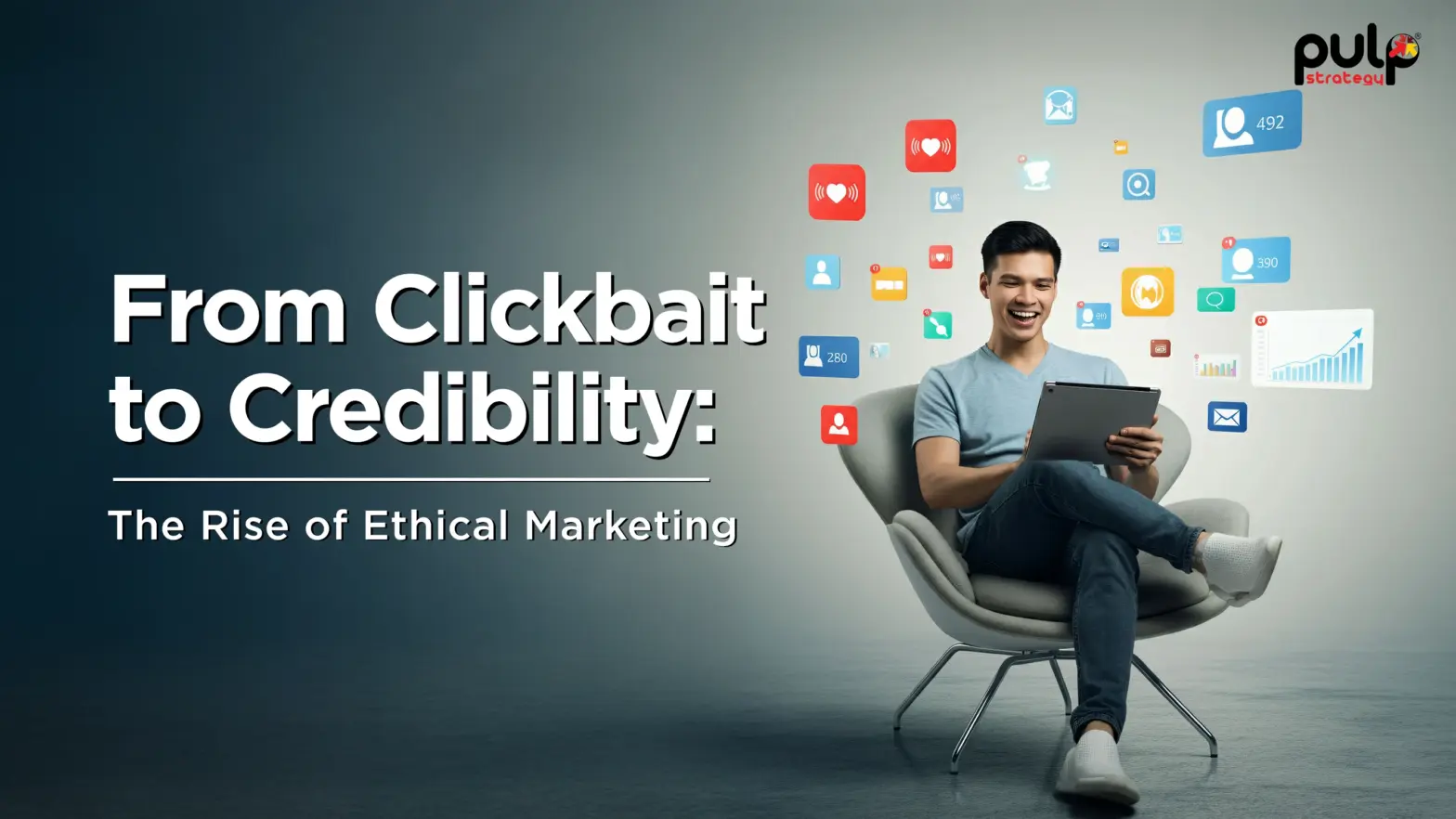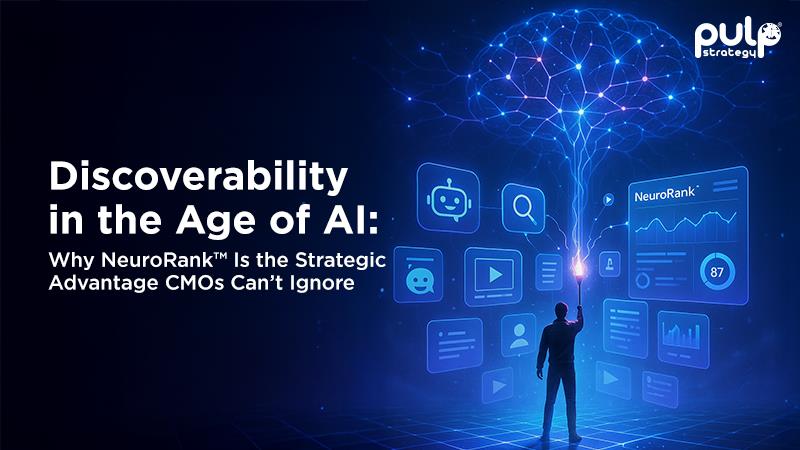
Youth marketing is about building conversations as opposed to delivering messages; it’s about co creating experiences and not delivering experiences!
In a light conversation with some campus kids post a GD in Social Media for personal branding I asked them what makes you delete a friend from your friends list? One young lady answered “if I haven’t talked to them for a month then they are cluttering my list.” OUCH! Harsh as it may seem but this is the blunt decisiveness of youth.
Gone are the days of experiential entailing mostly “give the T-shirt, he will wear it to campus, we will get branding; give them a topic for a story the parents will read it, let’s do a fashion show in the fresher’s party, people will buy the candy.” Today youth reject any thing that is not interesting to them and they will be quick to remember the fashion show but forget the brand. There is just too much else happening in their lives, the chatter of marketing is deafening and one cannot hope to gain any mind share out of these trendsetters by being boring or frivolous or god forbid a “me too.”

Youngsters today are constantly evolving, adapting, consuming and rejecting thoughts, Ideas, opinions and yes – brands. They are the trendsetters, the early adopters, and have more buying power. But they don’t buy things; they buy what those things can do for them. Thus, all marketing to this audience is in the context of what a brand means to them and what relevance it will continue to hold the day after next. Youth marketing is about building conversations as opposed to delivering messages. It’s about co creating experiences not delivering experiences. This is the fundamental difference in approach, which sets youth marketing apart.
As the saying goes – “they buy the can, not the soda.” This makes youth marketing extremely challenging and keeps us on our toes to evolve constantly with our techniques, designs, formats, engagements and campaigns. The good news is that the youth welcome this attitude of the different, the quirky, and the expression of self. It’s all about the social package. This is possibly why ‘Harley’ in India selling an attitude, a lifestyle, and an emboldened expression self, ends up selling more machines than all the other big bikes put together.

There is no certain road map; it’s every campaign mapping itself to the attitudes, which drive its consumers. It’s a whole lot of communication and even many more conversations. There are some old things rotting in the attic, which can be discarded or recycled though. Here are a few that top the list:
- Don’t make them write on any wall that’s not their own. If they are going to say something good about your campaign, equip the campaign to enable it live, before they reach the next kiosk in the mall and forget. Social buzz is a powerful matrix.
- If it can be done with technology, then don’t do it manually. Please get the traditional caricature artist to work on a tablet and NOT on paper. Don’t do print outs, it’s not cool any more as it wastes trees and creates garbage.
- Don’t put a song and dance there if it doesn’t belong there (much like the movies). If it has to be a song & dance, make sure everyone dances along. If everyone there is dancing, please do capture this, (be quick – an official flash mob video 5 days after every Smartphone upload is no good) and let everyone come to know what happened, where, why and who was responsible etc. Post which you have given up control of that conversation.
Co-create! Co-create! Co-create: Every campaign that we put out there today endeavors to co-create, and build a concept into a story along with our audience. The campaigns, which find success, are the ones, which succeed in this co creation to bring to life that story. As the communication for brands evolves into a strong social package, experiential campaigns have also evolved. Instead of just planning a daylong experience in campus, we create social communities and build consistent conversations right through the year in addition to that experience pad. We no longer advise going to campus communities to just deliver a product experience but instead to recruit campus ambassadors and nurture them to create and evangelize the brand experience via peer-to-peer marketing. Or, simply Instead of putting up graffiti walls, we would prefer to go with RFID bands. “I mean, him writing on his wall is far more relevant than him writing on ours.”

In a recent campaign for an IT major, we saw that building online communities on campus via brand evangelists recruited in each of those campuses gave us a critical edge. It ensured that students came together, held contests, consumed product content, shared cool features, saw the product videos and the demos online and had conversations about what they thought worked for them. With 4 weeks of this already building a steady buzz, when we went into campus with the experience pad we saw a greater affinity to the product as well as almost the entire campus participating with relevance. Needless to say that the response as well as the ROI increased many fold, as the audience was better informed and infused with the excitement transitioning from online to the campus ground. The community managers then spent the next few weeks sustaining buzz and transitioning the groups to the brand page. Essentially this means that the brand was never really disconnected from the campus even if there is no physical live activation happening on that particular day inside the campus. It’s a small change in approach that made a big difference.
Internationally, there is a big difference from how we approach youth marketing. In India, the lines are blurred possibly due to the large population of youth consumers or more so by the fact that we are ‘joyful marketers’ – we like young happy, jubilant and colourful content. Internationally, a lot of campaigns for the youth are more serious in nature and work on recommendation and the social benefits of constant conversation. We, in India, have not really let go of the road show even when we are planning for things much larger.










